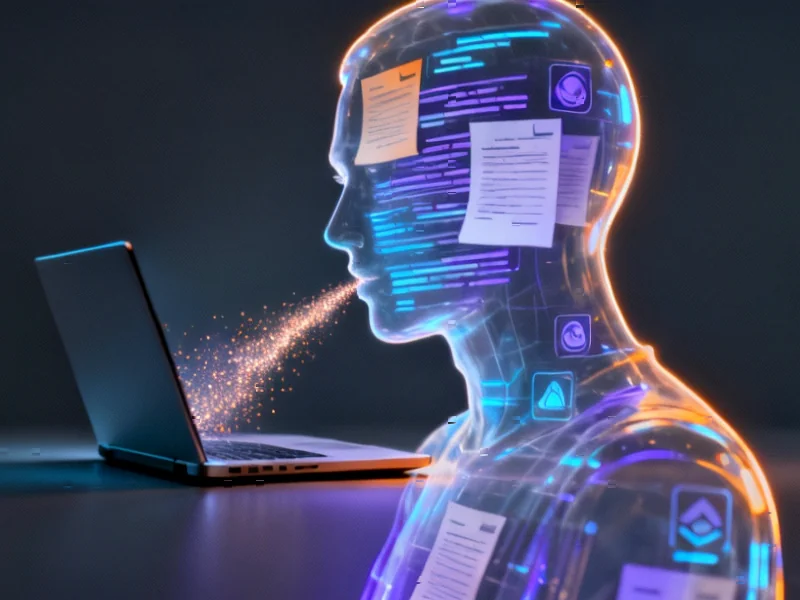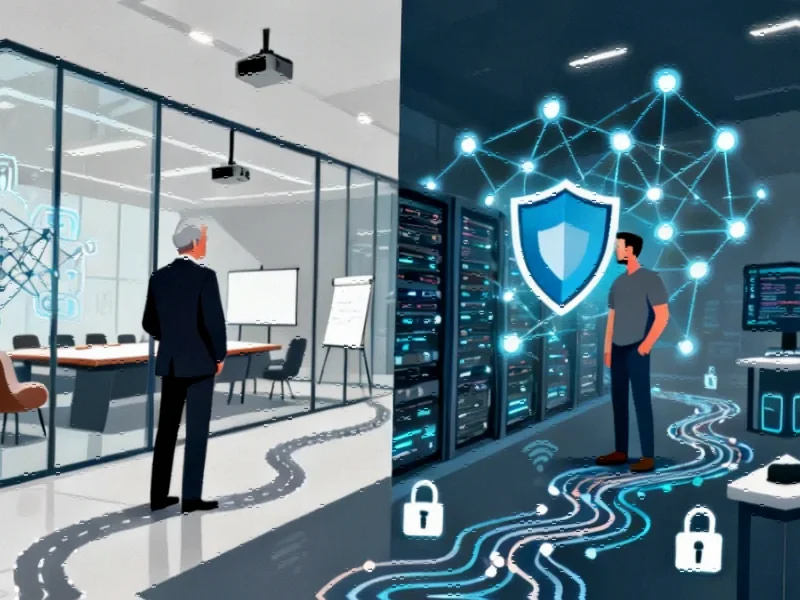Insider Threats Escalate Across Organizations
Insider risk has emerged as one of the most significant cybersecurity challenges facing modern organizations, with new research indicating widespread data loss incidents stemming from both unintentional employee errors and malicious actions. According to reports, these threats are increasingly woven into daily workflows, creating persistent vulnerabilities that traditional security measures often miss.
Table of Contents
Alarming Statistics Reveal Widespread Incidents
Recent findings from Fortinet’s 2025 Insider Risk Report paint a concerning picture of the current landscape. The report states that 77 percent of participating organizations experienced insider-related data loss over the past 18 months, with 21 percent reporting more than 20 incidents during that period. For many companies, insider incidents are not isolated events but recurring problems that demand new approaches to security.
Sources indicate the majority of incidents (62 percent) stem from human error or compromised accounts rather than intentional misconduct. Security leaders reportedly lack full visibility into how users interact with sensitive data across endpoints, SaaS applications, and generative AI tools, with 72 percent admitting this visibility gap.
Expert Analysis: The Evolving Nature of Insider Risk
Industry experts suggest the modern insider threat landscape is shaped by converging pressures including economic instability, workforce reductions, and accelerated AI adoption. Dr. Margaret Cunningham, Vice President of Security & AI Strategy at Darktrace, explains that these forces are placing heightened emotional, financial, and ethical strain on employees.
“The daily reality is far more mundane than high-profile cases: employees forwarding files to personal accounts, bypassing controls to meet deadlines, or uploading sensitive data into unsanctioned AI tools,” Cunningham notes. “These ‘tiny crimes’ are normalized behaviors that, at scale, create significant organizational risk.”
Analysts suggest the problem is compounded by what Cunningham describes as “synthetic insiders” – AI-powered impersonations that exploit human trust with startling realism through generated voices, deepfake videos, and synthetic personas.
The Spectrum of Insider Threats
Security professionals indicate insider threats manifest in multiple forms, from accidental data mishandling to deliberate sabotage. Chad Cragle, CISO at Deepwatch, categorizes these threats across a spectrum including:
- Accidental insiders: Employees who unintentionally mishandle data
- Intentional but non-malicious: Staff using unapproved tools to meet deadlines
- Malicious actors: Disgruntled employees, opportunists, or embedded agents
“The danger of the insider threat begins with trust,” Cragle explains. “A valid login acts as the ultimate skeleton key. An insider doesn’t need to bypass defenses; they are the defense.”
Critical Data at Risk
The types of data most frequently compromised in insider incidents include customer records (53 percent), personally identifiable information (47 percent), business-sensitive plans (40 percent), user credentials (36 percent), and intellectual property (29 percent), according to the report. These losses represent significant financial, regulatory, and reputational risks for affected organizations.
Defensive Strategies and Recommendations
Security leaders emphasize that addressing insider threats requires a multi-layered approach. Darren Guccione, CEO and Co-Founder at Keeper Security, advocates for zero-trust architectures with least-privilege access to ensure employees only have access to what they need for their specific roles.
Matthieu Chan Tsin, Senior VP of Resiliency Services at Cowbell, suggests companies must integrate comprehensive strategies combining technological tools, strong internal policies, and continuous employee monitoring. This approach addresses both malicious insiders and careless employees, who sources indicate are responsible for nearly half of all incidents.
The AI Paradox: Both Threat and Solution
Experts point to an interesting paradox regarding artificial intelligence in the insider threat landscape. Jason Soroko, Senior Fellow at Sectigo, notes that complex IT environments and adoption of new technologies like IoT and AI are making detection and mitigation more challenging.
However, analysts suggest AI also represents one of the most powerful defensive tools available. “By continuously learning the ‘patterns of life’, AI can surface subtle deviations that humans and static controls would miss,” Cunningham explains, while emphasizing that such monitoring must be ethical, transparent, and proportional to protect workforce dignity and privacy.
As organizations navigate this evolving threat landscape, security professionals indicate that balancing vigilance with ethical considerations remains crucial for effective insider risk management in the modern digital enterprise.
Related Articles You May Find Interesting
- Linux Kernel 6.19 Expands Digital Artist Support with XP-PEN Tablet Integration
- Reddit Escalates Legal War on AI Data Scraping in Landmark Copyright Battle Agai
- Australia’s Rare Earths Lifeline: How a New Alliance Could Reshape Global Tech a
- NextSilicon’s Maverick-2 Dataflow Engine Redefines Computational Efficiency with
- Human Creativity Trumps AI in Mathematical Breakthrough: New Kissing Number Boun
References & Further Reading
This article draws from multiple authoritative sources. For more information, please consult:
- https://www.fortinet.com/resources/reports/insider-risk-report?utm_source=Blog&utm_medium=Fortinet-led&utm_campaign=AI-DrivenSecOps-GLOBAL-Global&utm_content=EB-insider-risk-report-G&utm_term=SOC&lsci=701Hr000002RzK4IAK&UID=ftnt-6692-552929
- https://darktrace.com/
- https://www.deepwatch.com/
- https://cowbell.insure/
- https://www.keepersecurity.com/
- https://www.sectigo.com/
- http://en.wikipedia.org/wiki/Data_loss
- http://en.wikipedia.org/wiki/Software_as_a_service
- http://en.wikipedia.org/wiki/Artificial_intelligence
- http://en.wikipedia.org/wiki/Personal_data
- http://en.wikipedia.org/wiki/Darktrace
This article aggregates information from publicly available sources. All trademarks and copyrights belong to their respective owners.
Note: Featured image is for illustrative purposes only and does not represent any specific product, service, or entity mentioned in this article.



